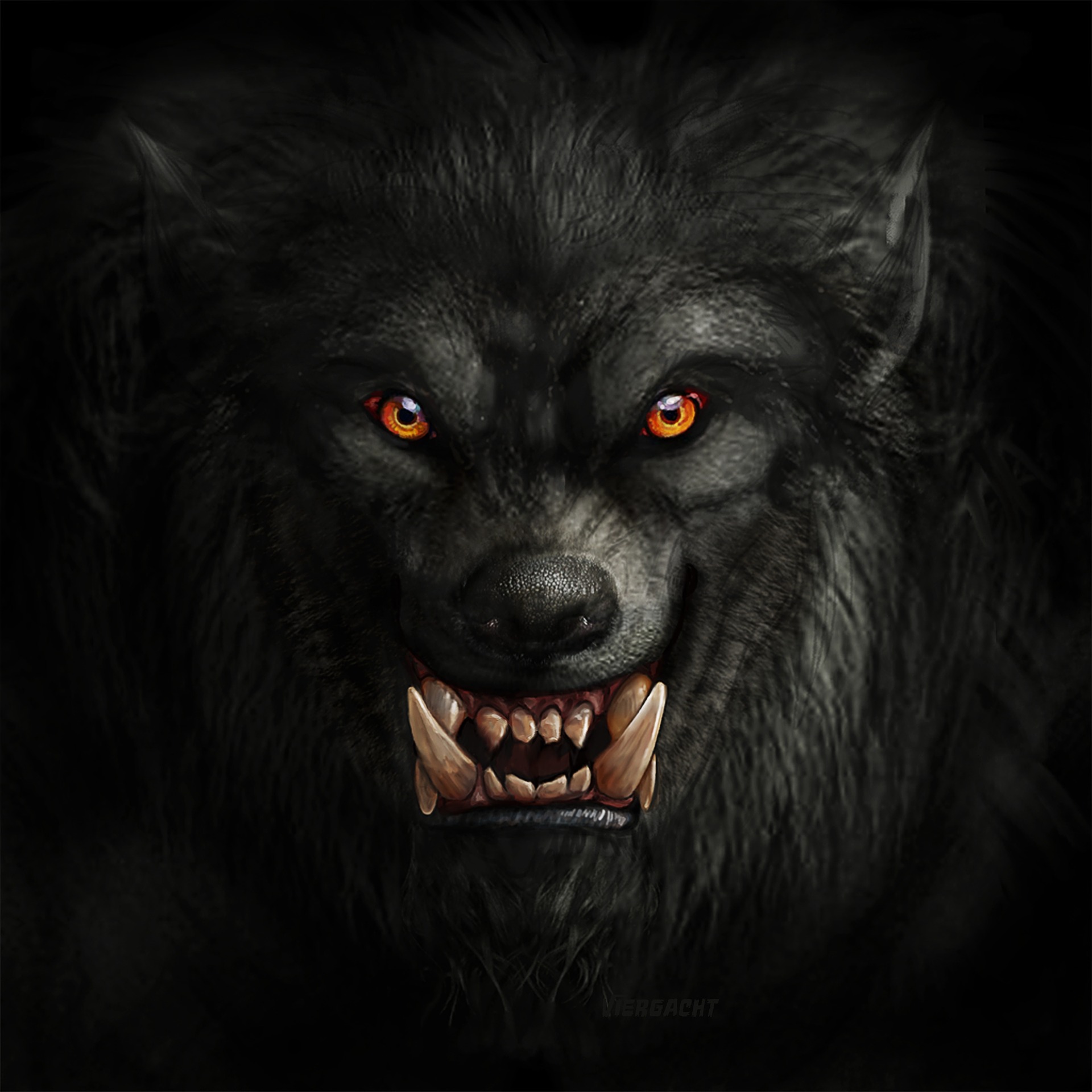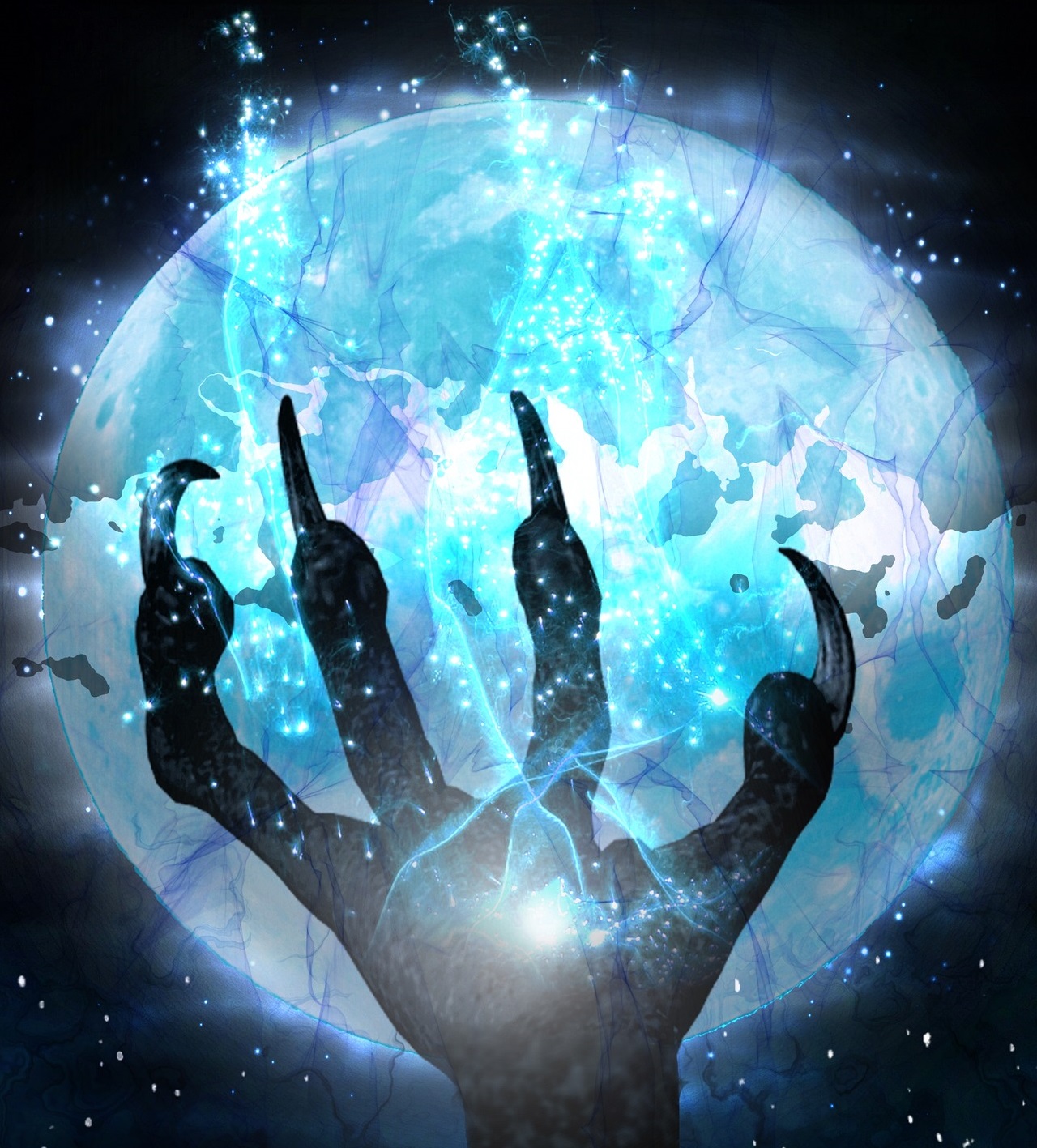


The legend of the werewolf has existed in some way or another for thousands upon thousands of years, the earliest werewolf appearing in the Epic of Gilgamesh. In said story, the goddess Ishtar curses a shepherd to take on the form of a wolf. That being said, throughout history the image of a monster half-man and half beast didn't really exist until 1941, when The Wolfman came to the big screen. It was here that the image of the hybrid form of the werewolf really sank into the public conciousness. Where in before, a werewolf was loosely defined as a man who had the ability to turn into a wolf, now it was a man caught between the threshold of man and beast. Of both worlds yet also belonging in neither world. For the purposes of this discussion, we will primarily use The Wolfman's werewolf as the model werewolf. Keep in mind going forward that not all the werewolves discussed here will follow a strict adherance to the this definition of a werewolf and may vary slightly but not significantly from this offered model.
Under this lense, what are the core rules of a werewolf? How does a werewolf operate? What makes it a monster? The werewolf is not a creature one must worry about every single night. For most of the time, those afflicted with the lycanthropic curse are, for all intents and purposes, human. For during the day and most nights, it walks like a human, talks like a human, acts like a human, and even thinks like a human. However, once the full moon rises, you'd better start running. For anyone afflicted by Lycanthropy is cursed to shed its human form for that of a terrifying monster in the light of the full moon. Once fully transformed, the werewolf forgets its own humanity, its prior life, and its ability to reason. Instead, its thoughts are consumed by beastial instinct and a bloodthirst that cannot be saited until the night ends. Heedlessly, it hunts down and tears apart any who are unlucky enough to draw its attention and does not care if they were once friends, loved ones, or enemies. For all are prey in the eyes of the Werewolf and none are safe from its terrible might. Possessing extraordinary strength, the claws and fangs of a wolf, powerful senses, the hunting abilities of a predator, and an inability to be hurt by anything except by silver, there are not many who can face such power on the night of a full moon. To make matters worse, even if a person does survive a werewolf attack, if you are bitten, they become werewolves themselves, a slave to the bloodthirst that consumed your attacker. However, what truly terrifies us about the werewolf beyond these physical attributes? Why does the public continue to be terrified of this monster? What truly lies beneath the surface of the werewolf beyond that of a savage beast and, more importantly, are you brave enough to find out?



